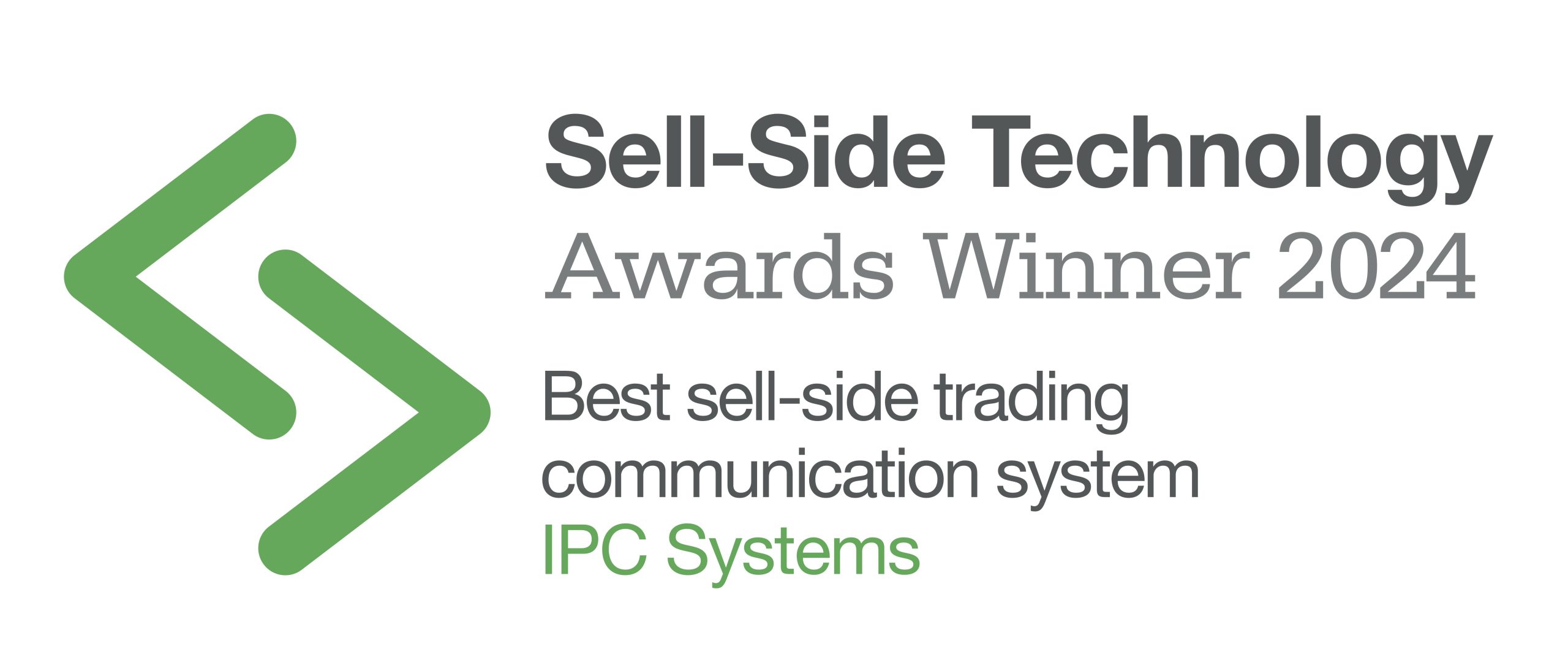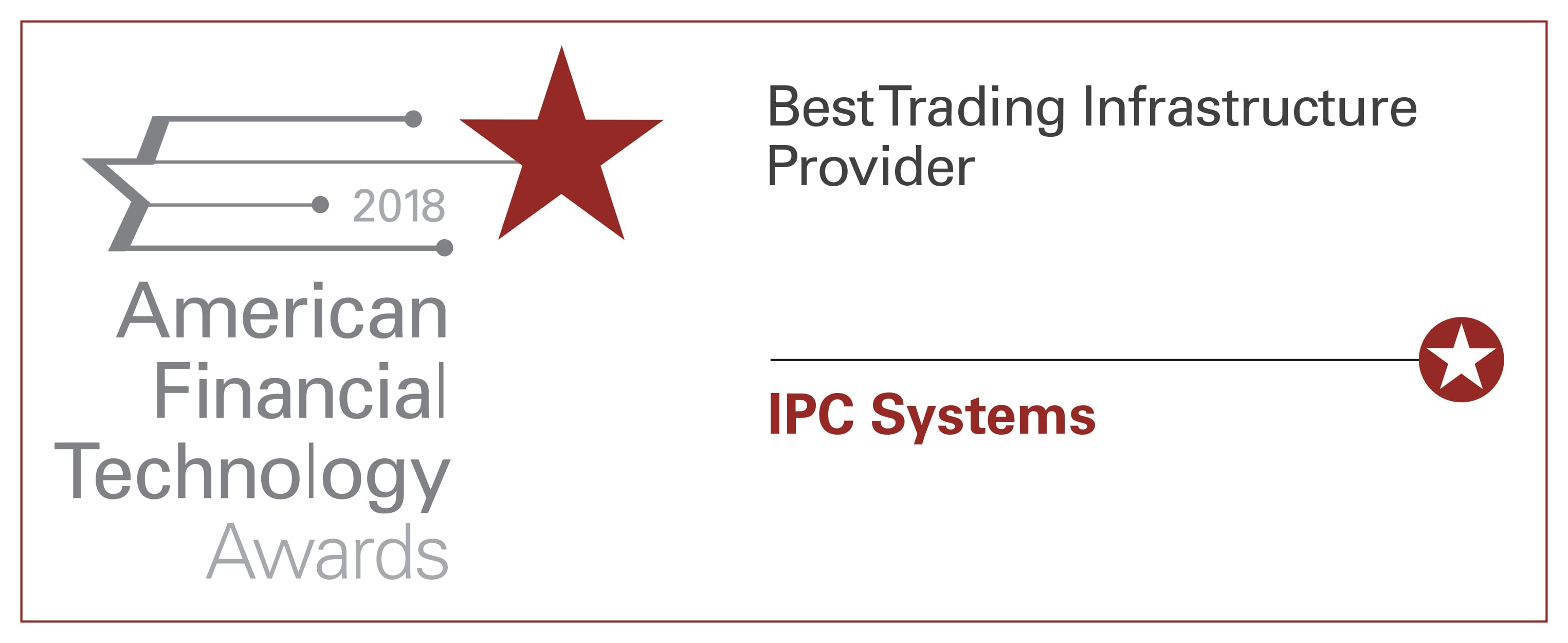When you hear the phrase "IPC trading," it might, you know, make you pause and wonder exactly what it's all about. This is because the term "IPC" actually shows up in a whole bunch of different places, each with its own special meaning. It's not just one thing, and so, that can make figuring out what "IPC trading" refers to a bit of a puzzle for anyone trying to learn more.
Our own information, as a matter of fact, really highlights this idea that "IPC" isn't a single, fixed concept. It pops up in discussions about how computers work, in systems for classifying important ideas, in public health efforts, and even in how electronics are put together. So, when someone talks about "IPC trading," we have to think about which "IPC" they are actually referring to, you see.
This article aims to clear things up a little, by the way, exploring the various definitions of "IPC" as provided in our source material. We will then, you know, consider how the idea of "trading" might connect with each of these distinct areas. It's an interesting way to look at how a simple set of letters can mean so many different things, and how, in some respects, commerce touches them all.
Table of Contents
- Unpacking "IPC": A Look at Diverse Meanings
- Connecting "IPC" to "Trading": Where Do They Meet?
- Why Understanding "IPC" Matters for Any "Trading" Context
- Frequently Asked Questions About IPC
Unpacking "IPC": A Look at Diverse Meanings
The letters "IPC" are, in fact, quite versatile, standing for entirely different things depending on where you encounter them. Our provided information really shows this, giving us several distinct definitions. It's pretty interesting, actually, how one acronym can have such varied uses across different fields of work and study, and so, we should explore each one.
IPC in Computing: Instructions Per Cycle
When we talk about computers, "IPC" often refers to "Instructions Per Cycle." This, you know, measures how many instructions a computer's processor can finish in a single clock cycle. Our text explains that, strictly speaking, it's about the number of instructions that complete the 'retire' stage each cycle. It's a way to gauge a processor's efficiency, essentially, how much work it gets done in a given moment.
A processor's IPC can go up or down for a lot of reasons, as a matter of fact. It's often the outcome of many different things happening inside the computer, rather than something that by itself causes a huge jump in speed. For really old computer processors, like the kind you might find in a museum, it was almost, you know, always considered that IPC was pretty much equal to one. This meant, if you had a single-core processor, the clock speed was the main thing telling you how well it performed, and so, comparing IPC numbers didn't make much sense then.
The text points out that this whole discussion about IPC in computing is really about "throughput performance." That means how much data or how many tasks a system can handle over a period of time. It's not just about how fast one instruction runs, but how many instructions get processed, so to speak, in a continuous flow. This measure, you know, helps people understand the true capability of a computer chip for doing its work.
IPC in Intellectual Property: Classification Numbers
Moving to a completely different area, "IPC" can also mean an "IPC classification number" within the world of intellectual property. This system, by the way, helps organize and categorize inventions and ideas, making them easier to find and manage. It's like a library catalog for new creations, helping people locate specific types of innovations.
Some commercial databases, as a matter of fact, even offer tools that make using these IPC classification numbers a lot simpler. They might have something called an "IPC assistant" or a similar tool. This feature, you know, allows users to quickly look up the right classification number for their needs, making searches for patents or other intellectual property much easier. It's pretty handy, actually, for anyone working with new ideas and protecting them.
This classification system, you know, helps a great deal in searching for similar inventions or understanding the technological landscape in a particular field. It's a way of making sense of a vast amount of information, organizing it so that, in a way, it's all accessible. So, when you're dealing with patents or new designs, this kind of IPC is very important for keeping things in order.
IPC in Public Health: Infection Prevention and Control
In a critical field like public health, "IPC" stands for "Infection Prevention and Control." This refers to all the actions and strategies put in place to stop infections from spreading, especially in places like hospitals or clinics. It's about keeping people safe from germs and diseases, essentially, a really important job for global health organizations.
Our information mentions that a specific "IPC unit" is located within the integrated health services department at WHO headquarters. This unit, you know, provides guidance and helps coordinate all the work related to preventing and controlling infections around the world. They are, in a way, the central point for a lot of important health efforts, making sure practices are good everywhere.
The WHO, as a matter of fact, regularly shares updates on its global strategy for infection prevention. For instance, a progress report was given at WHA78 in May 2026, which showed how well the strategy was moving along. These reports, you know, help everyone see what's working and what still needs attention in the ongoing fight against infections. It's a continuous effort, really, to protect people's health.
There's also a second global report on IPC that provides fresh facts about the harm caused by infections acquired in healthcare settings and by germs that resist medicines. This report, you know, offers an updated look at the situation around the world. It's a key document for understanding the big picture of infection control and why it's so important, actually, to keep working on it.
A "living guideline" is also mentioned, which, you know, brings together all the technical advice that has been developed and published over time. This means the guidance is always current and available, helping health workers make the best decisions based on the latest knowledge. It's a way of ensuring that, in some respects, the most effective methods are always being used to keep people healthy.
The "IPC hub & task force unit" at WHO headquarters, by the way, even puts out a monthly newsletter. This newsletter, you know, keeps people informed about the latest happenings and important updates in infection prevention and control. It's a good way to stay in the loop, essentially, on what's new and what's being done in this vital area of public health.
Highly skilled humanitarian workers are often asked to help with WHO's responses globally, particularly during emergencies. These professionals, you know, bring their expertise to situations where infection prevention is absolutely critical. For example, with money from FCDO, an organization called Canadem has sent out people to assist, showing how important these skills are in times of crisis, really.
You can learn more about Infection Prevention and Control on the WHO's site, which is a good place to start, actually, if you want to know more about this topic.
IPC in Manufacturing: Standards for Electronics
Finally, "IPC" also refers to a set of standards used in manufacturing, especially for electronic circuit boards. One example is the IPC-6012 standard, which, you know, sets rules for rigid PCB boards. These rules help make sure that circuit boards are made correctly and will work as they should, which is pretty important for all sorts of electronic devices.
According to the IPC-6012 standard, for example, rigid PCB boards made under normal conditions have a certain allowed amount of bend and twist. This range, you know, is usually between 0.75% and 1.5%. However, if a PCB board needs surface mount parts attached to it, then the amount of bend must be less than or equal to 0.75%. This is a stricter requirement, naturally, because surface mount parts are more sensitive to how flat the board is.
These standards are very important for ensuring the quality and reliability of electronic components. They provide a common language and set of expectations for manufacturers, which, you know, helps make sure that products from different companies can work together. It's all about consistency and making sure things are built right, so, that's a pretty big deal in electronics.
Connecting "IPC" to "Trading": Where Do They Meet?
Given the many meanings of "IPC" that we've just looked at, the idea of "IPC trading" isn't, you know, a single, straightforward concept. Instead, it suggests a potential connection between the act of "trading" or exchanging goods and services, and each of these distinct "IPC" areas. Let's think about how "trading" might conceptually fit into each one, in a way.
Trading Digital Horsepower: CPU Performance and Value
When it comes to "IPC" as Instructions Per Cycle in computing, "trading" isn't about buying or selling IPC itself. You can't, you know, trade a higher IPC directly. However, the performance indicated by IPC absolutely affects the value and desirability of computer processors and the devices they power. So, in a way, you are "trading" for a certain level of performance when you buy a new computer chip or a device that uses it.
Manufacturers and consumers, for instance, are constantly looking for processors with better IPC, because this means more efficient computing. When companies "trade" or sell their latest processors, they often highlight improvements in IPC as a key selling point. This shows that, you know, the underlying technical efficiency directly impacts the commercial value of these components, which is pretty interesting, actually.
So, while you don't "trade" IPC, you trade for the results it helps create: faster, more capable computing devices. This means that, you know, the technical specifications like IPC indirectly drive the market for computer hardware. It's a pretty big factor in how companies compete and how consumers make choices, so, it's tied into the economics of technology.
The Exchange of Ideas: Intellectual Property and Commerce
For "IPC" as intellectual property classification numbers, the connection to "trading" is much more direct. Intellectual property itself, like patents or trademarks, can be bought, sold, licensed, or otherwise "traded" between parties. The IPC classification system helps facilitate this by providing a clear way to identify and categorize these valuable ideas.
When businesses "trade" intellectual property rights, for example, they often refer to the IPC classification to define exactly what is being exchanged. This ensures that, you know, both sides know what they are getting and giving. It's a system that brings order to the buying and selling of innovative concepts, which is pretty vital for commerce in new technologies and ideas.
Commercial databases that offer IPC classification tools are, in fact, supporting this kind of "trading." They make it easier for companies to find intellectual property to acquire or license, and for inventors to market their creations. So, in this context, "IPC trading" could refer to the commercial transactions involving intellectual property that are guided by these classification numbers, which, you know, makes a lot of sense.
Health and Humanitarian Supply Chains: A Different Kind of Trading
In the context of "IPC" as Infection Prevention and Control, "trading" might refer to the movement and exchange of goods and services that support public health efforts. This isn't about financial markets, but about the critical supply chains for medical equipment, protective gear, and medicines. These items are "traded" or moved globally to where they are most needed, especially during emergencies.
The WHO's IPC unit, you know, plays a role in coordinating global responses, which involves ensuring that necessary supplies are available and distributed. This often means working with partners to acquire and then "trade" or deliver these items to various countries. It's a form of humanitarian logistics, essentially, where the goal is saving lives rather than making a profit.
So, "IPC trading" here could mean the organized movement and distribution of resources aimed at preventing and controlling infections. This includes everything from masks and sanitizers to vaccines and medical expertise. It's a vital part of global health security, and, you know, it requires a lot of coordination and effort to make sure these "trades" happen efficiently.
Quality and Trust: Trading Products Built to IPC Standards
Finally, when we consider "IPC" as manufacturing standards for electronics, "trading" relates to the buying and selling of products that meet these specifications. Companies that produce circuit boards or other electronic components adhere to IPC standards to ensure quality and reliability. When these products are "traded" in the market, their compliance with IPC standards is a key factor in their value.
Customers who are "trading" for electronic components, for instance, often look for products that are "IPC compliant." This gives them confidence that the parts will perform as expected and meet certain quality benchmarks. So, in a way, the adherence to IPC standards builds trust and facilitates the commercial exchange of these goods, which is pretty important, actually, for the electronics industry.
The market for electronic components, you know, relies heavily on these established standards. Without them, it would be much harder for buyers and sellers to agree on quality, making "trading" much riskier. So, "IPC trading" in this sense refers to the commerce of electronic parts where the IPC standards act as a guarantee of product integrity, essentially.
Why Understanding "IPC" Matters for Any "Trading" Context
It's clear that "IPC" is a term with many faces, and its meaning truly depends on the context you find it in. Whether you're talking about the speed of a computer chip, the classification of a new invention, the global efforts to stop disease, or the quality of an electronic circuit board, "IPC" plays a significant role. This diversity means that, you know, understanding which "IPC" is being discussed is the first step to making sense of any "trading" conversation.
Knowing these different meanings is pretty important, actually, because it helps prevent misunderstandings and ensures that everyone is on the same page. If you're involved in any kind of "trading" activity, and the term "IPC" comes up, taking a moment to clarify its specific meaning could save a lot of trouble. It's about being precise in your communication, so, that's a good thing to remember.
So, the next time you hear "IPC trading," remember that it's likely referring to one of these distinct areas, or perhaps, you know, a blend of them. It's a reminder of how specialized language can be, and how, in some respects, a simple acronym can open up a whole world of different concepts. For more insights on various industry terms, you could check out our insights page, which is pretty useful.
Frequently Asked Questions About IPC
What does IPC stand for in general?
Based on our information, "IPC" is an acronym that stands for different things depending on the context. It can mean "Instructions Per Cycle" in computing, an "IPC classification number" in intellectual property, "Infection Prevention and Control" in public health, or a standard for "rigid PCB boards" in manufacturing. It's pretty versatile, actually, as a set of letters.
How does IPC relate to performance in technology?
In the world of computing, "IPC" (Instructions Per Cycle) is a key measure of a processor's performance. It tells you how many tasks a CPU can finish in each clock cycle. A higher IPC generally means a more efficient and powerful processor, contributing to better overall "throughput performance," which is what our text emphasizes, you know



